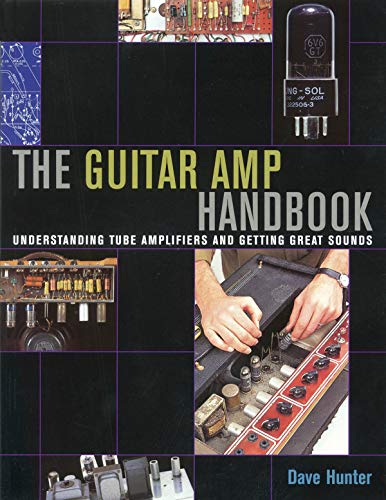sahib
Well-known member
Before the jargon first I would like to thank my good friend Udo for his feedback on this build and input in preparation of the manual. He has extensively tested the module. Therefore apart from the technical specifications I will leave it to him to explain the module in detail.
A new 500 module to complement our 500 series system.
MID-SIDE ONE
Mid-Side encoding and decoding as a standalone “500” rack module.
The facilities available are;
• Selection of L-R or M-S input.
• Selection of M-S or L-R output.
• Switched insert points on both the Mid and Side paths.
This allows the use of external EQ and different degrees and types of reverb on the M and S channels. This can produce spatial ambiance that is not easily possible to create by simple processing of the L-R stereo mix.
Please note that the module naturally works with any 500 series racks with normal inputs and outputs but the insert points are only available if your 500 series rack supports these functions. However, a mod kit will soon be available for creating insert points on existing GDIY 51x or any other standard 500 series racks.
All of Total Audio Control 500 series racks feature insert points. Normally the insert points are unbalanced but can be converted to balanced using Total Audio Control BALANCING CARD.
• Mutes on both the Mid and Side paths
• Variable 80Hz to 3.3 kHz High pass filter on Side path.
• A stereo “width” control – mono/stereo/wide
• Metering switchable between input and output.
• +10dB meter gain switch.
• System “IN” switch


Preliminary build manual http://www.robotica.co.uk/tac/MID_SIDE_ONE_MANUAL.pdf
Available for purchase in the White Market;
http://groupdiy.com/index.php?topic=52462.msg668904#msg668904
A new 500 module to complement our 500 series system.
MID-SIDE ONE
Mid-Side encoding and decoding as a standalone “500” rack module.
The facilities available are;
• Selection of L-R or M-S input.
• Selection of M-S or L-R output.
• Switched insert points on both the Mid and Side paths.
This allows the use of external EQ and different degrees and types of reverb on the M and S channels. This can produce spatial ambiance that is not easily possible to create by simple processing of the L-R stereo mix.
Please note that the module naturally works with any 500 series racks with normal inputs and outputs but the insert points are only available if your 500 series rack supports these functions. However, a mod kit will soon be available for creating insert points on existing GDIY 51x or any other standard 500 series racks.
All of Total Audio Control 500 series racks feature insert points. Normally the insert points are unbalanced but can be converted to balanced using Total Audio Control BALANCING CARD.
• Mutes on both the Mid and Side paths
• Variable 80Hz to 3.3 kHz High pass filter on Side path.
• A stereo “width” control – mono/stereo/wide
• Metering switchable between input and output.
• +10dB meter gain switch.
• System “IN” switch


Preliminary build manual http://www.robotica.co.uk/tac/MID_SIDE_ONE_MANUAL.pdf
Available for purchase in the White Market;
http://groupdiy.com/index.php?topic=52462.msg668904#msg668904





































